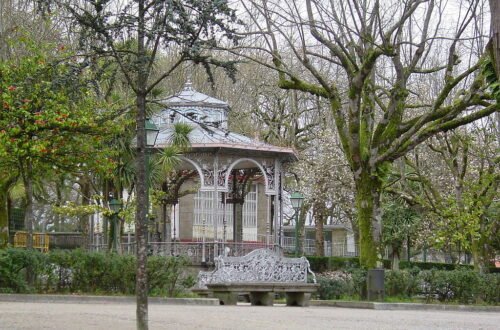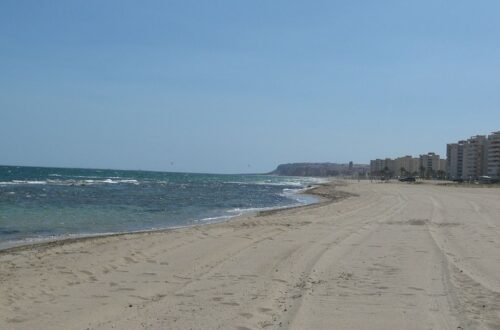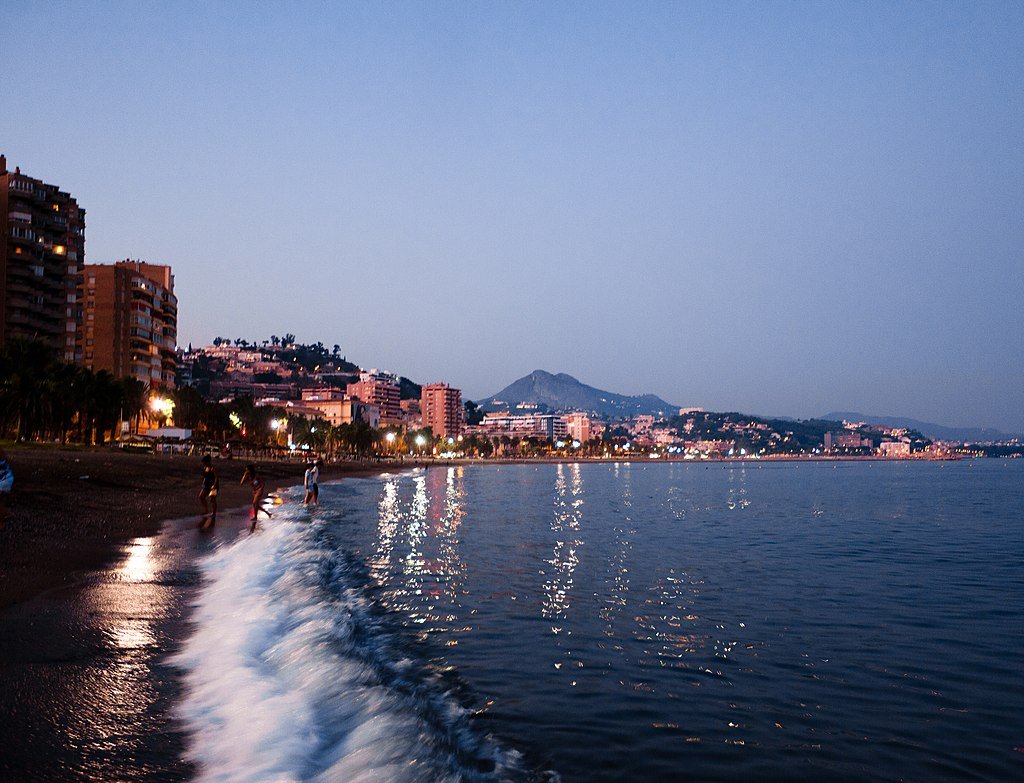
15 Best Things to See in Málaga (Spain)
Málaga is more than just a beach city; it is widely regarded as the capital of the Costa del Sol. The magnificent Alcazaba fortress palace offers an opportunity to study Spain’s Islamic heritage, and since Pablo Picasso was born here, there are museums that provide insight into his formative years. And while taking in flamenco performances and sipping sherry during the city’s famous festivals, you may learn about the Andalusian culture in the region of the nation where it originated. And just in case you forgot, Costa del Sol’s renowned beaches, resorts, and golf courses are incredibly close by.
- Picasso’s Málaga
- Málaga Cathedral
- Roman Theatre
- Feria de Agosto
- Málaga Football Club
- Espetos
- Museo del Vidrio
- Beaches
- La Alcazaba
- Golf
- Atarazanas Market
- Parque de Málaga
- Castillo de Gibralfaro
- Semana Santa
- Automobile and Fashion Museum
Picasso’s Málaga
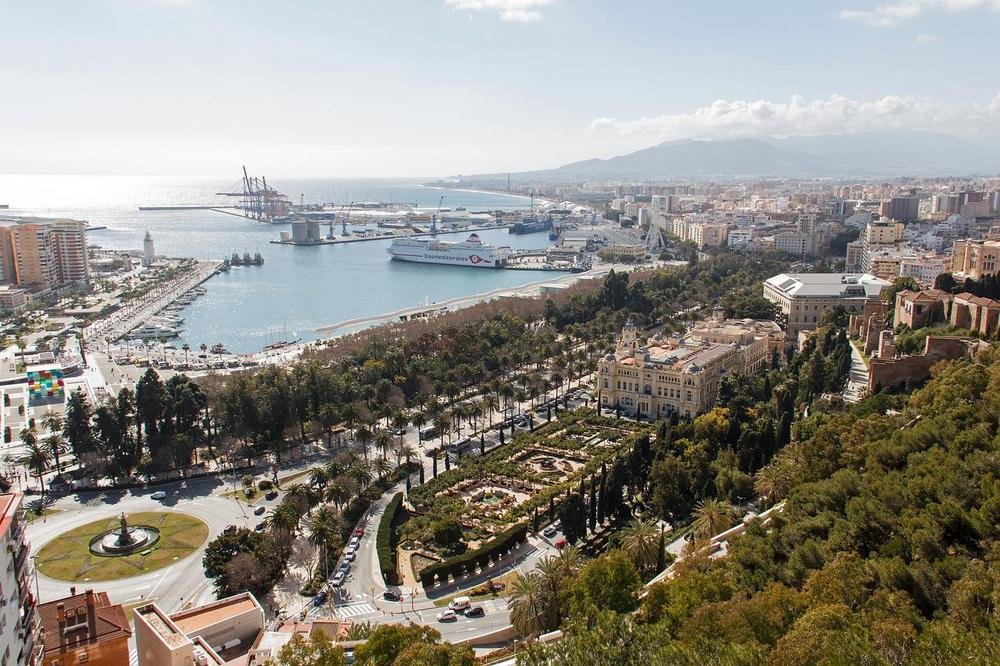
No journey is complete without paying homage to this 20th-century icon, who was born in Malaga. Go to Casa Natal, his birthplace, on Plaza de la Merced first. All of the city’s icons are a short stroll away, and his parents rented the first floor for a few years at the beginning of the 1880s. Along with mementoes from his early life, there is a tiny collection of his artwork. The nearby Picasso Museum has a greater collection of his works on exhibit (tickets can be booked here). These show the artist’s development throughout that time, even if many of them are from his formative early 20th century years (Olga Khokhlova with Mantilla, 1917).
Málaga Cathedral
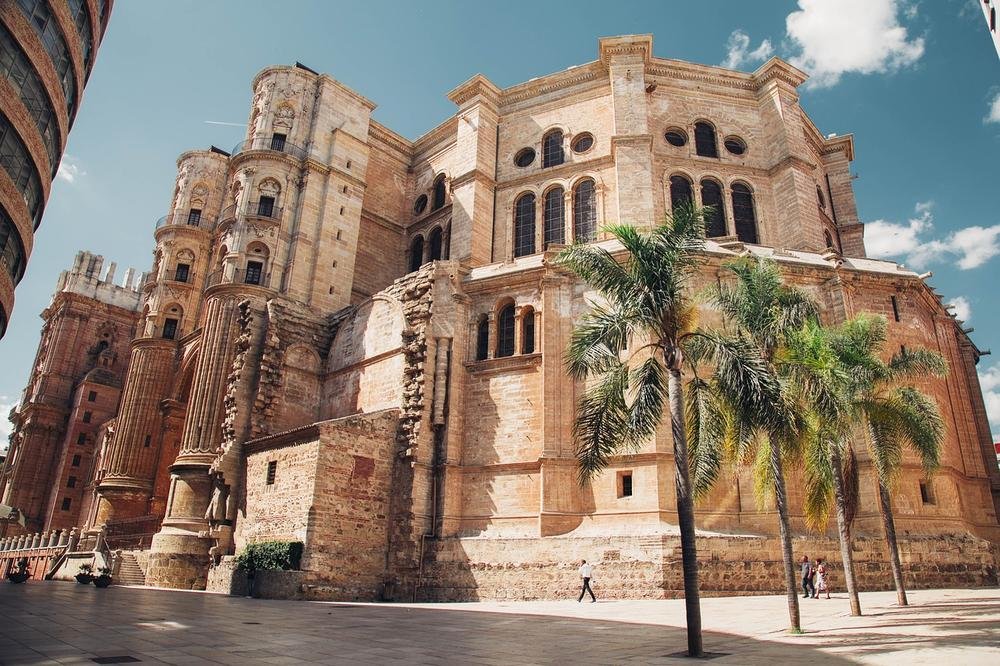
The cathedral of the city is a hybrid of Renaissance and Baroque architecture and was constructed over the course of more than 150 years. For instance, the front, which was among the last components to be finished, is appropriately opulent with its arches, columns, pilasters, and stone reliefs of saints. The cathedral’s north tower is 84 meters tall, making it Andalusia’s second-tallest structure, behind Seville’s La Giralda. A South Tower was intended, but the money for it was instead used to support America’s freedom from the British. The informational plaque in the cathedral, located where the tower should have been, contains information about this.
Roman Theatre
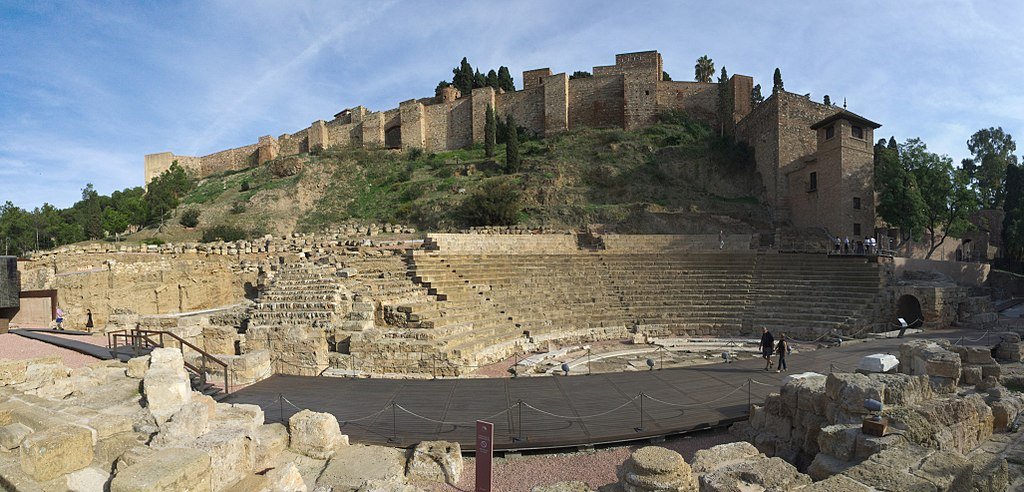
The Alcazaba’s outer walls are just down the hill from the city’s best antique structure. The theatre was used for almost 300 years, up to the 20th century, before being abandoned and even turned into a quarry during the Moorish era. The building was only rediscovered in 1951, and despite everything it has been through, it is still in fairly decent condition. The 16-meter-high cavea’s (spectator’s circle) several seating tiers are still in good condition, and a recently opened visitor centre displays some of the artefacts discovered there, including amphorae and commonplace tools.
Feria de Agosto
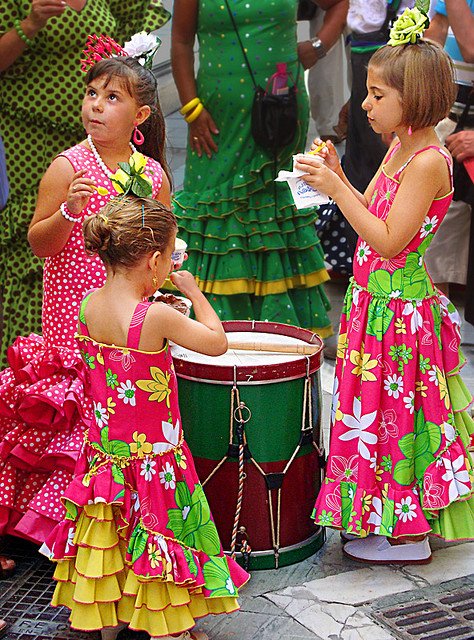
Any time of year is a terrific time to visit Malaga, but August is particularly exceptional. One of the very last cities on the Iberian peninsula to revert to Christian sovereignty during the Middle Ages was this one. Every year, during the third week of August, a week-long festival is held to honour the capture of Malaga on August 14, 1487. The fact that toasts are made with fino (sherry), that there are numerous flamenco performances, and that bullfights take place every day at La Malagueta gives you a fair overview of Andalusian culture. At this time of year, paper lanterns and flowers decorate the city’s streets, making them beautiful.
Málaga Football Club

The magnificent stadium, La Rosaleda, which can hold up to 30,000 people, is located in the northern suburbs. Málaga CF, the local team, has competed in the Primera División for almost ten years. For a while, Málaga’s Qatari owner made significant investments in the club, catapulting them to the Champions League; but, since he ceased doing so, the team has somewhat regressed. In any case, you can watch matches from the top European leagues here every other week from August to May. Additionally, there is a stadium tour and a museum that showcase the illustrious players and prizes won by Málaga CF.
Espetos
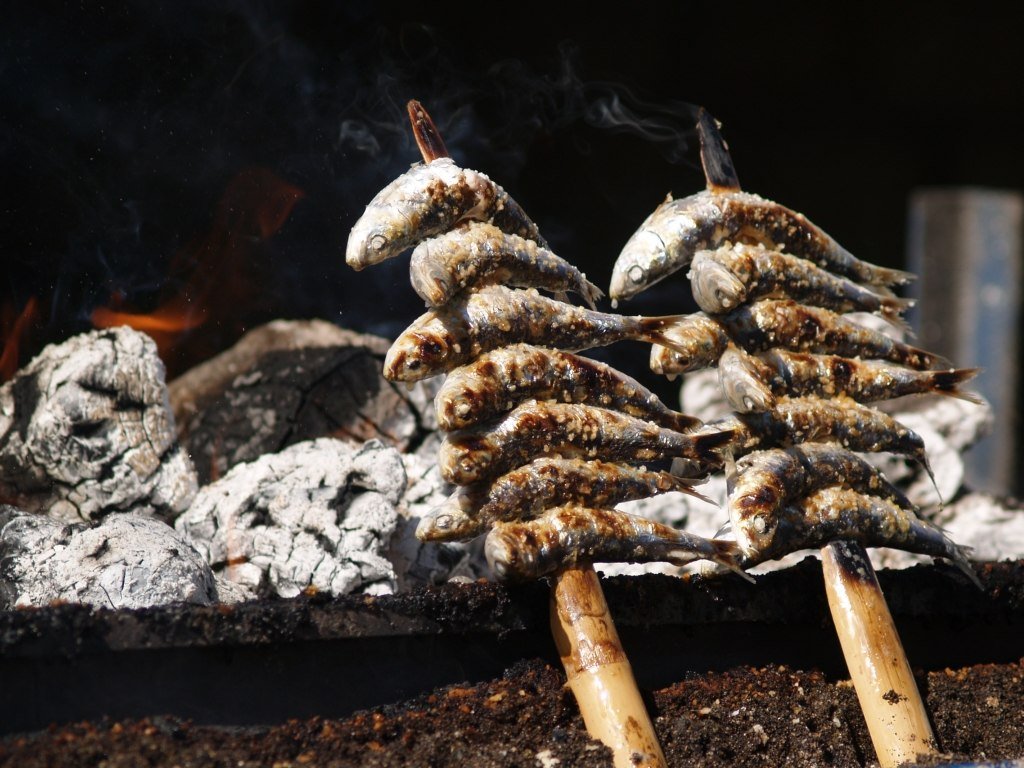
You can’t go wrong with espeto (grilled sardines) at a neighborhood chiringuito if you want to taste a cuisine that is entirely indigenous (beachfront bar). These are traditionally prepared by digging a hole in the sand, starting a fire, and roasting the sardines over the flames. Sardines are typically skewered on long, thick canes, and once they are done, you can eat them with a glass of crisp white wine and a squeeze of lemon. Even a statue of an “Espetero” preparing sardines can be found on the Antonio Machado Paseo in Málaga.
Museo del Vidrio
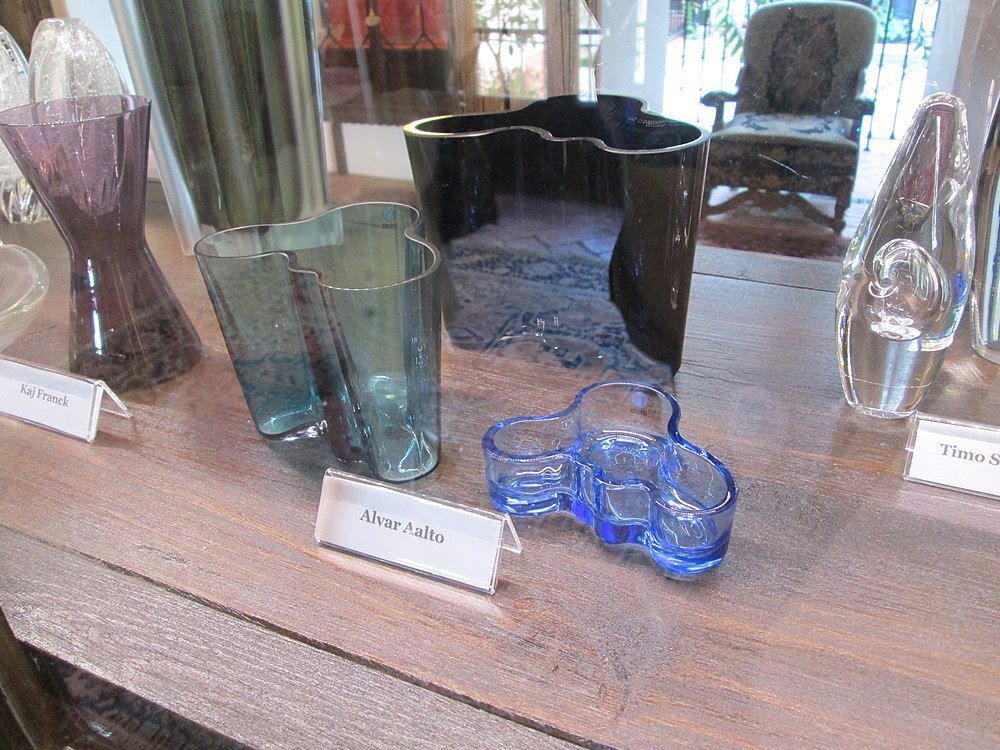
This fascinating little museum is housed in a wonderful old 1700s house with historical furnishings, exposed ceiling beams, and stylish decor. However, the extensive collection of vintage glassware that spans several thousand years is what draws visitors. Ancient Phoenicians, Roman, Ancient Greek, and Egyptian artefacts are among those present. Look at the 2,000-year-old green Roman glass bowl that is still in good condition. Then, as you go on, you’ll see lovely Venetian artefacts, glassware from the Dutch Golden Age of the 17th century, and an assortment of English lead glass, including jugs and wine cups from the 1500s. Want to experience Malaga’s nightlife? Try Malaga’s nightclubs and pubs.
Beaches

Although La Malagueta on the city’s coastline is adequate, it is close to the congested N-340 and can get crowded in the summer. You won’t have any trouble locating a better beach nearby because Costa Del Sol is Europe’s sun and sand haven. Torremolinos is a delightful 20-minute drive away, so those in the know get in their cars and head there. A lovely sandy bay, La Misericordia is long and broad and is washed by medium waves, earning it the Blue Flag award. Los Alamos is equally as charming but a little more developed, with apartment buildings in the back and summertime beach concerts.
La Alcazaba
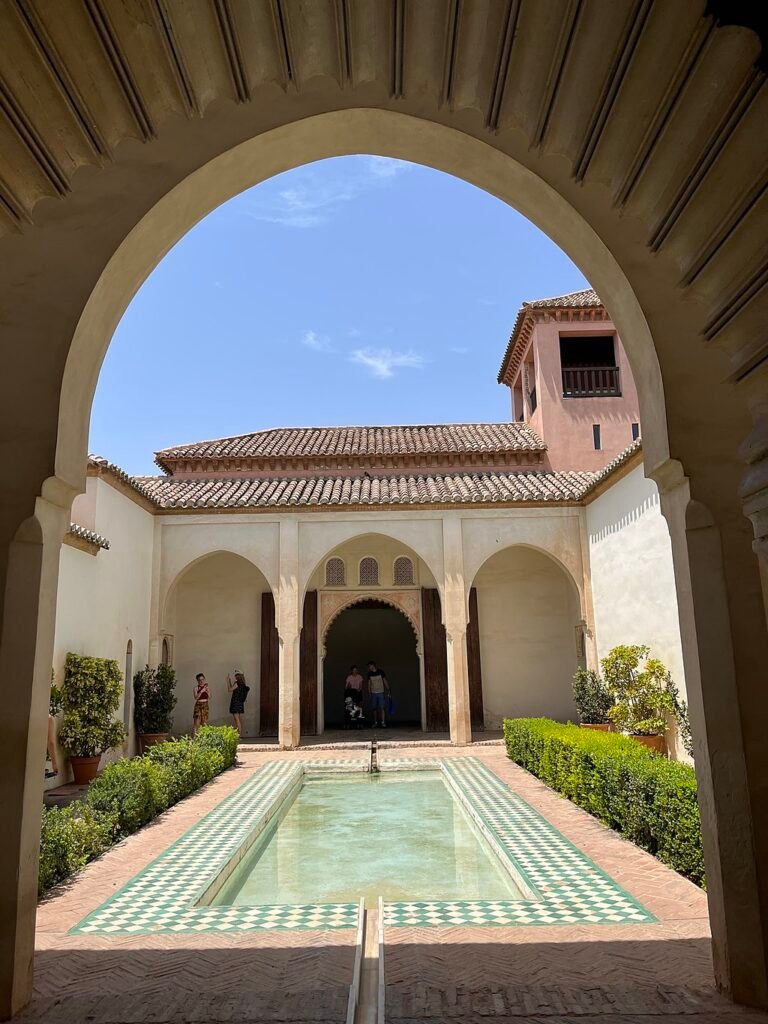
The Alcazaba in Málaga is an important Islamic landmark and a Moorish fortified palace with formidable walls that are visible from practically anywhere in the city. It was built for the first time in the eighth century and strengthened and increased during the following five hundred years. Two walls surround an inner and an outer citadel on this summit. Beautiful gardens with fountains and gateways that the Arabs constructed out of antique Roman columns can be found in the palace’s outer fortress. The palace and the opulent homes that are dispersed across three serene courtyard gardens are enclosed by the second set of walls.
Golf
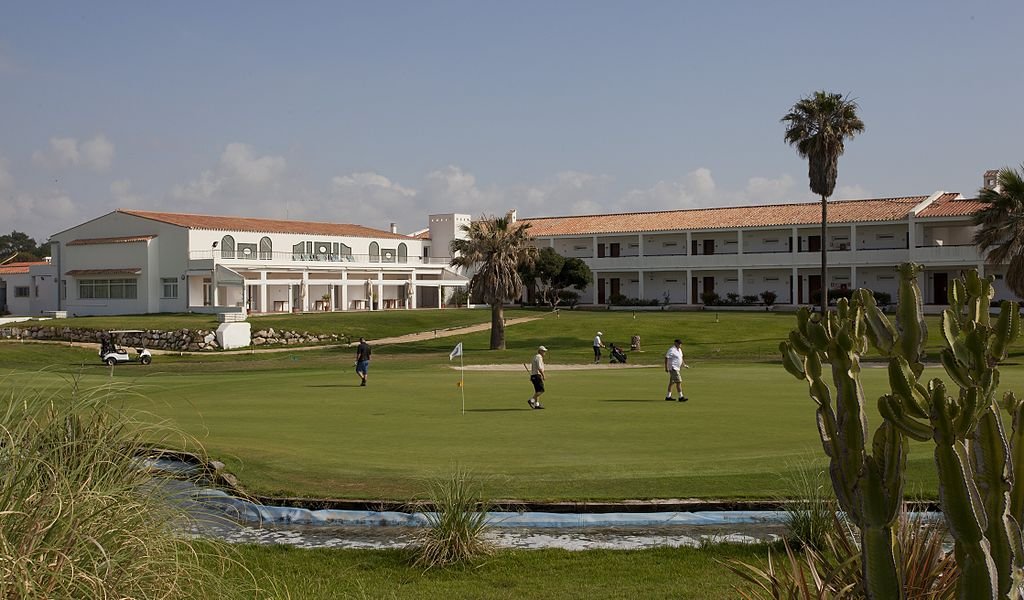
You are, after all, on the Costa del Sol, where you can hardly walk more than a few kilometres without running across a world-class golf course. The Parador de Málaga golf course, an 18-hole facility that invites players of all skill levels, is located 10 kilometres along the city’s coastline. This is the spot for you if you need to rediscover your swing. It is one of the nation’s oldest courses, having been established in the 1920s, and is situated in a stimulating environment of dunes, palms, and eucalyptus trees. Guadalhorce, an 18-hole course with a somewhat forgiving front nine and a back nine full of hazards that will challenge the best, is located on the western edge of the city.
Atarazanas Market
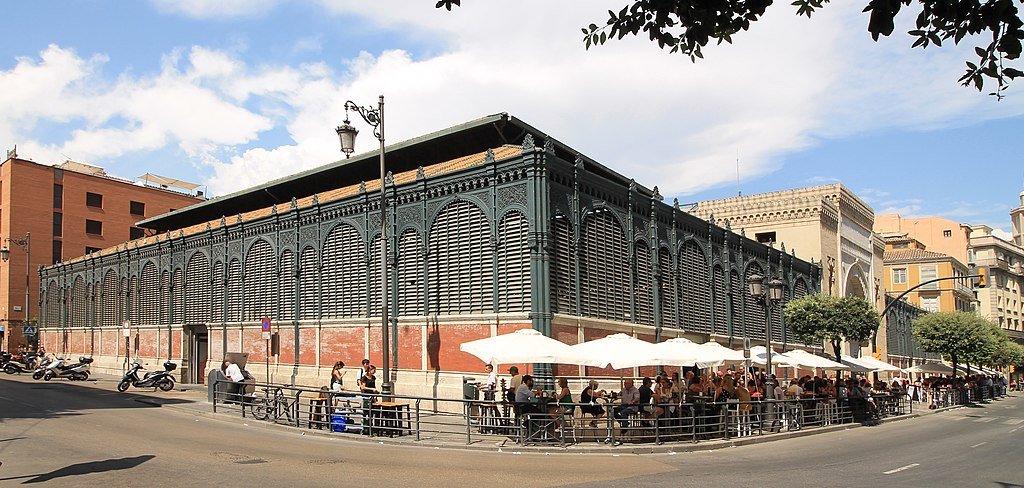
The central market in Málaga, like most of Spain, is such a major part of daily life that you have to see it for yourself. Because of the freshness and affordable prices, locals choose the stalls at Ataranzas. A beautiful stained glass window, Mudéjar arches, and an attractive iron and glass canopy add to the building’s beauty. Come to purchase the standard market fare, such as fresh bread, cheese, fruit, vegetables, meat (both raw and cured), and local honey or sherry. Additionally, there are bars where you may acquire a tapa to go with a crisp cruzcampo.
Parque de Málaga
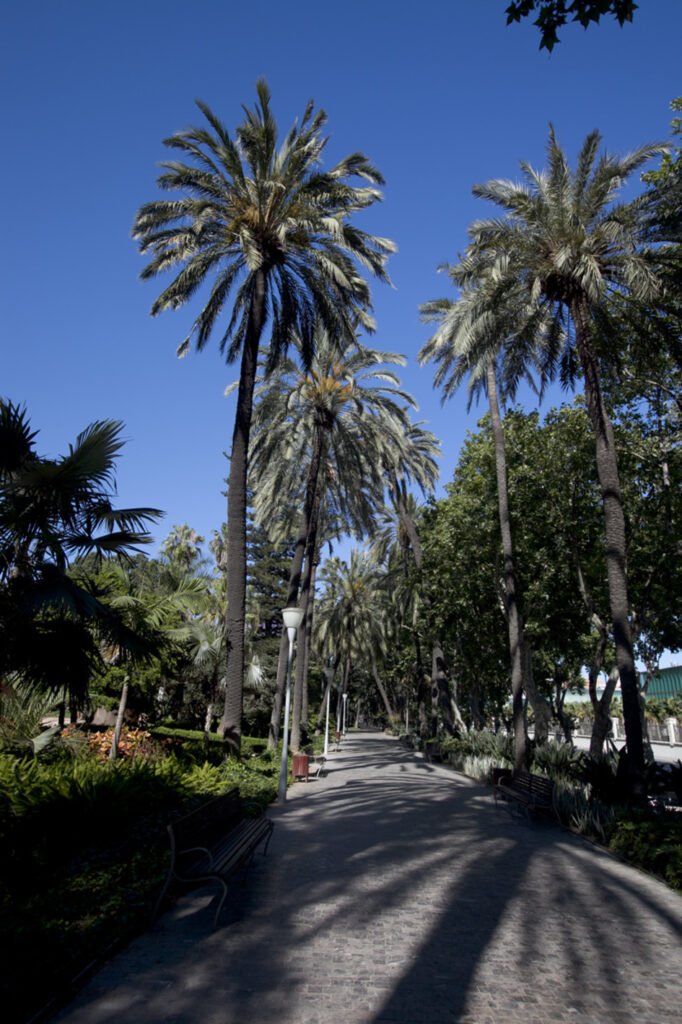
You’ll be astonished to find how cool it can be, even in the summer, as walking down this esplanade while the heat is on is like diving into the thicket. The three major walkways are well-covered by the wide, luxuriant fronds of the towering palm trees. Seeing elaborate statues and fountains from the Renaissance and Baroque periods surrounded by subtropical vegetation is equally odd. Orange and cypress trees surround the lovely rose garden in front of the City Council office.
Castillo de Gibralfaro
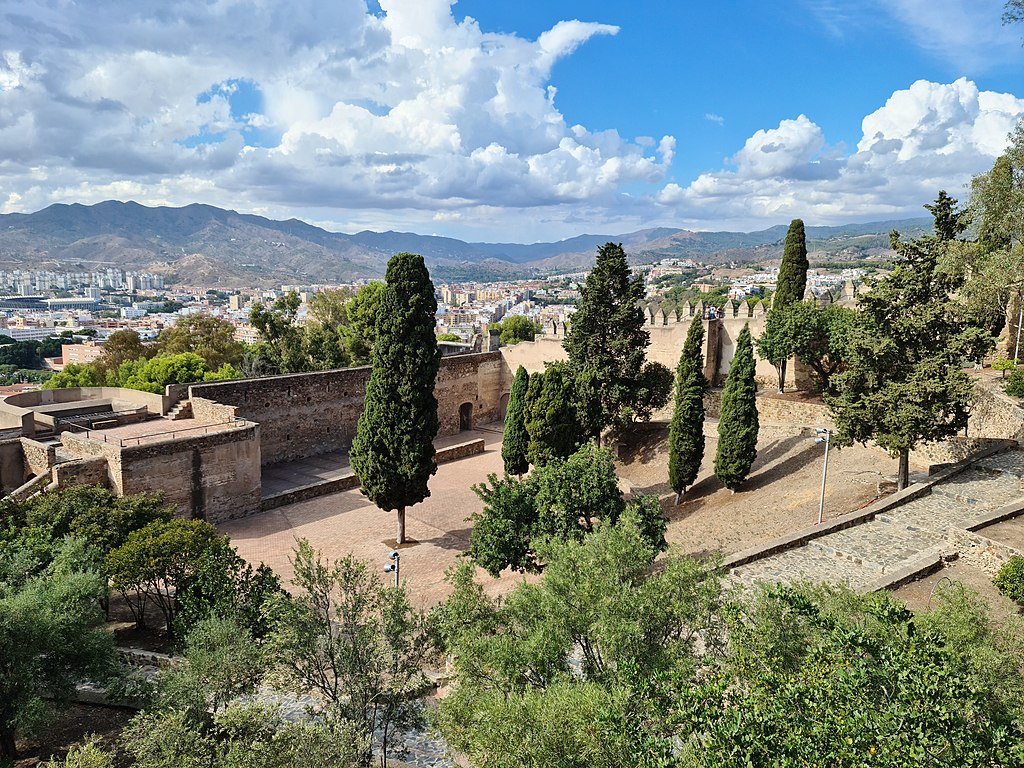
This hilltop stronghold towers over the city like the Alcazaba. You may recognize this spectacular sight from Málaga and the larger province’s insignia. In contrast to the Alcazaba, this location served a more military purpose, with lookout towers and fortifications that are still in place and compete with the hillside’s pine trees. There has been a fortress here since the Phoenicians more than 2,500 years ago and this castle was the scene of a pivotal siege in 1487. For three months, the Muslim Malaguenos resisted King Ferdinand and Queen Isabella before giving up when they ran out of food.
Semana Santa
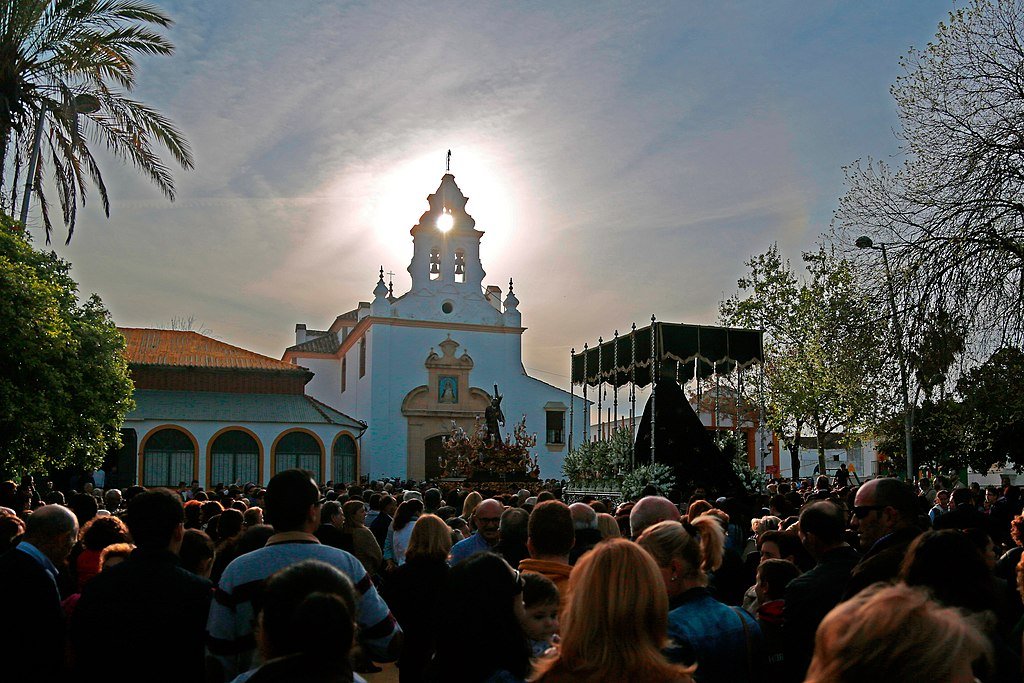
Naturally, Holy Week is a major affair all over Spain, but in Andalusia and particularly in Málaga, it assumes a profound significance. This is partially due to the Catholic Brotherhood being more active here (both organizing and participating) than in other regions of Spain. They’ll have more staff and more services throughout the year to organize everything for the big week. The spectacular floats that they carry in processions taking place from Palm Sunday to Easter Sunday can be several metres tall, and the Virgin statues are often lavishly decorated. When compared to other Spanish cities, Malaguenos experience Holy Week differently; it is much less solemn and more joyous here.
Automobile and Fashion Museum
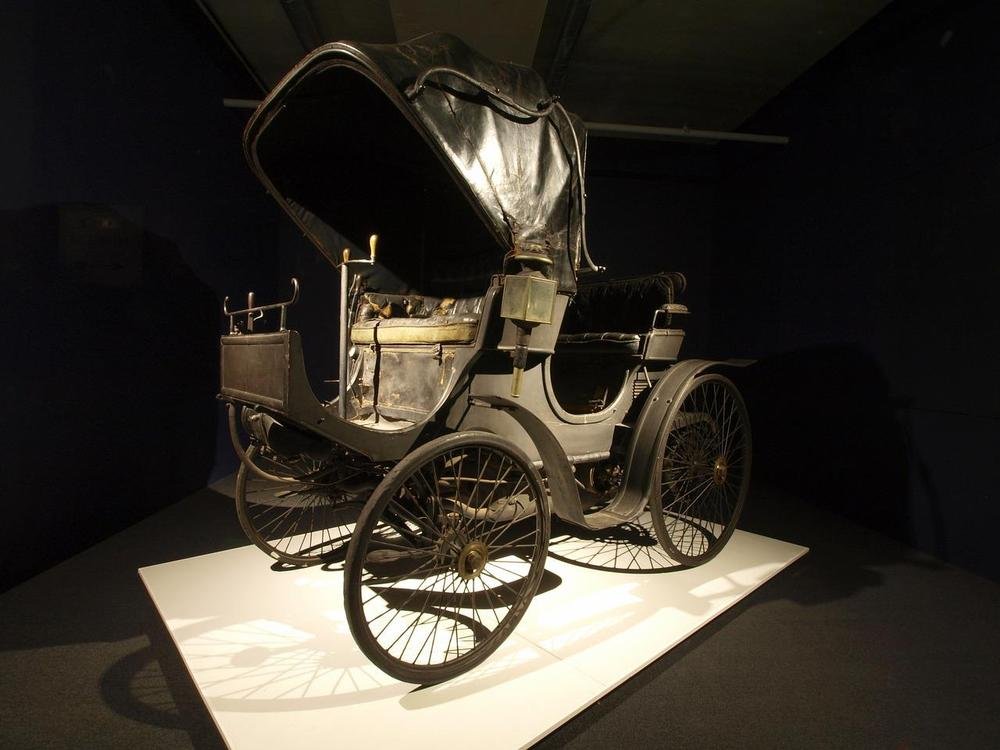
Here is a tourist destination that honours the finest things in life. There will be something for both men and women to admire. There are 100 historic automobiles available for the guys, including Maseratis, Cadillacs, Aston Martins, and Bugattis. With a De Dion Bouton from 1903, the collection dates to the very beginning of automobile travel. The museum provides historical context for the models on display as you travel through the decades, from the Roaring Twenties to the 1950s Dolce Vita era. The 200 original haute-couture pieces on exhibit in the seven fashion galleries allow you to take a similar journey through time.


